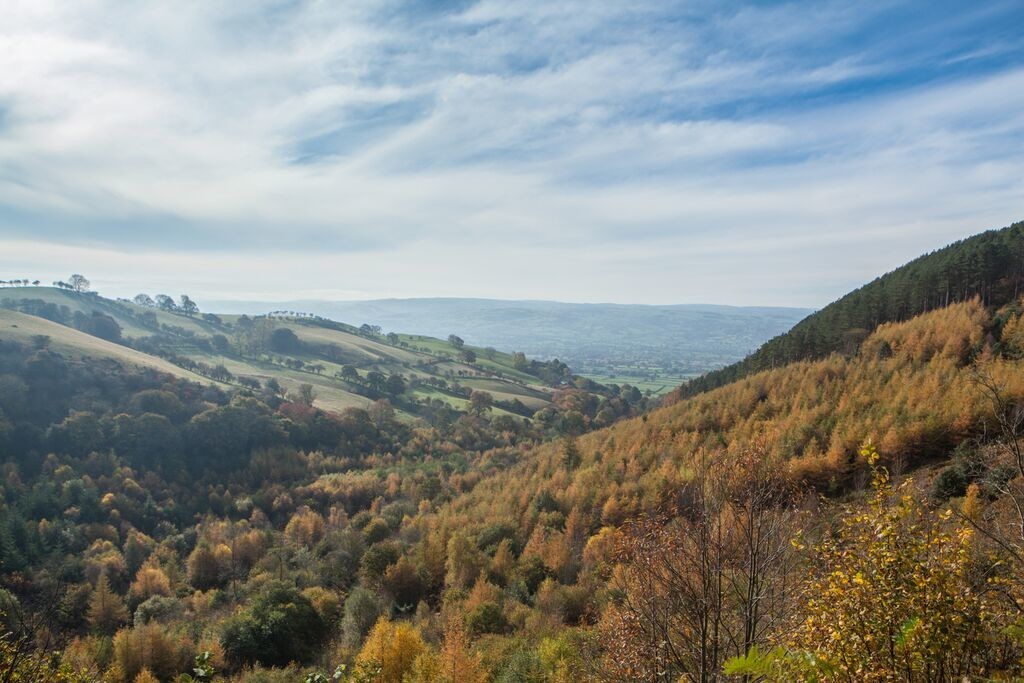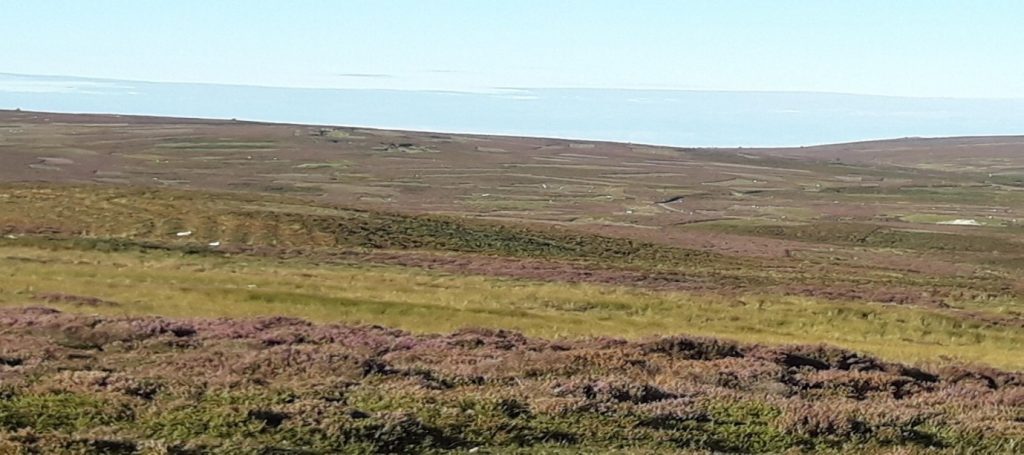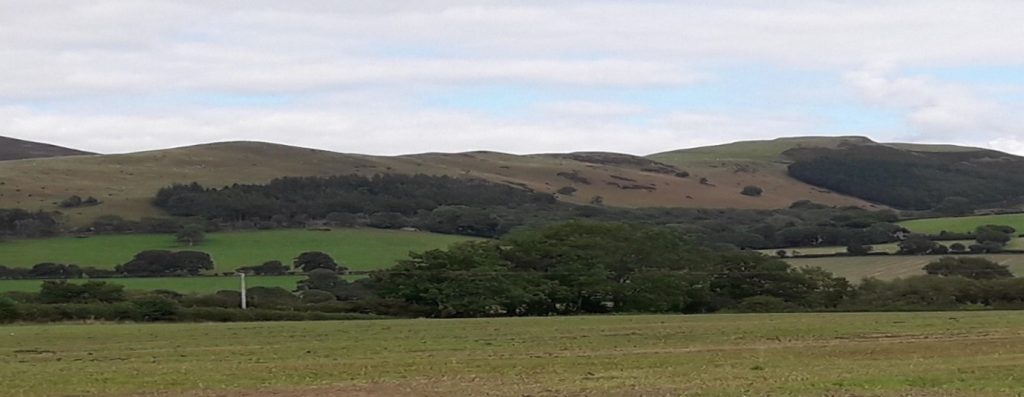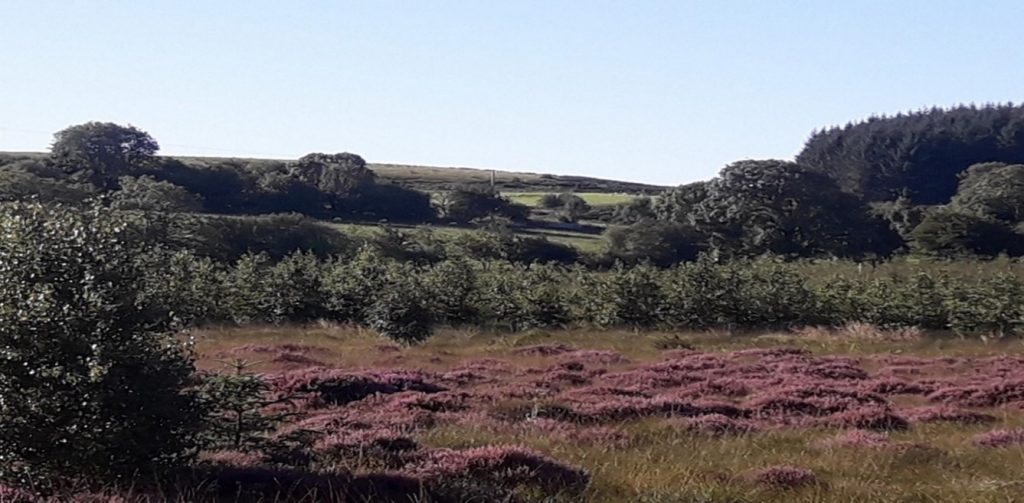
Partnership content: in association with Natural Resources Wales, Environment Evidence 2021 conference sponsors
2020 is shaping up to be watershed moment for the UK, especially for rural areas and the uplands. The combination of the coronavirus pandemic, discussions around the UK’s departure from the EU and the impacts of climate change means that we seem to be on the cusp of significant land use change.
I’ve worked for environmental organisations in Wales for almost 35 years and, in that time, have seen significant changes to our upland environment.
But the challenges and the opportunities that the uplands are set to face over the coming decade are likely to be greater than anything we’ve experienced over the last century.
For us, the challenge must be to find a way to mitigate the greater impacts of these changes and work in coalition to embrace the positive opportunities that will emerge that will enable us to move towards a more sustainable system of upland land use and management.
For the last 25 years I’ve lived in north-east Wales on the edge of the Clwydian Range Area of Outstanding Natural Beauty (AONB) – an area of rolling moorlands, scattered blocks of coniferous and deciduous woodland surrounded by a sea of mostly intensively farmed grassland, with some areas of flower rich pasture.
In that time, I’ve been saddened by the near disappearance of birds like lapwing, cuckoo and the curlew, the return of its fluting call a sign that winter is at last coming to an end. I’ve also been troubled by the decline of farming as a key component of the rural economy. In my own community, there were around 12 farms mainly dependent on agriculture for their income in the 1990s. That has now virtually halved.
At the heart of this area is the expanse of dry heath of Rhiwabon, Llandegla and Llantysilio Moors, to the west of Wrexham. They are all Sites of Special Scientific Interest (SSSI), and Special Areas of Conservation (SAC). Whilst their conservation designations have helped maintain these areas as moor over the last decade, the way in which they have been managed over this period has diverged significantly.
A changing landscape
One hundred years ago, like many of Wales’ moorlands, these areas were intensively managed for sheep and grouse. Now Rhiwabon is one of the few remaining grouse moors left in Wales and the heath continues to be cut or burnt annually, producing the chequer-board pattern that benefits both grouse and sheep and ground nesting birds. It’s the best moor in Wales for black grouse, still has reasonable numbers of curlew and in recent years golden plover have returned to breed.

A few miles away, on the north side of Llandegla Moor, we see a sharp contrast. The moor has barely been grazed by sheep and has seen little in the way of moorland management for many years. Scrub is developing rapidly and by 2030, we expect this to be a wood not a heath. The bird population has changed with curlew, red and black grouse now rare seen, largely due in part to a lack of predator control. Cuckoos, tree pipits, willow warblers, stonechats and whinchats are frequently seen however.

One of the greatest risks to our moors are wildfires. One casually discarded cigarette or a dumped single use barbeque could result in a conflagration that could be devastating for wildlife and, potentially, the people who have made their homes around the moors.
Our increasingly extreme climate, with intensely wet periods followed by very dry, hot spells, increases the risk of such an event like that experienced on nearby Llantysilio Mountain during the long, hot summer of 2018.
The heather on the western side of the mountain is managed by the graziers, with the support of Denbighshire Countryside Service and NRW. However, on the eastern side around the Horseshoe Pass, there has been little management in recent years, and in July 2018 a large fire ignited that burned into September. It burnt 250ha of moor and incinerated the peat layer to a depth of several centimetres, putting a huge amount of carbon into the atmosphere at a cost of over £100,000 to the fire service.
The impacts on the vegetation will be felt for years, potentially decades to come. This has implications for the graziers and wildlife and there could also be impacts on water management as heavy rain will run off the affected areas more rapidly.
The climate scientists tell us that we will experience further prolonged spells of hot and dry weather in the future, and wildfires will become a more frequent sight if we do not put a focus on managing our moors.

Nick Thomas on Moel y Faen, Llantysilio Mountain, where the fire of 2018 incinerated vegetation and the peat layer, leaving bare rock that is unlikely to re-vegetate for decades
A change is coming
The economic benefits of putting sheep out to graze on these moors are already marginal and with 35% of Welsh lamb exported, mainly to the EU, the current Brexit trade negotiations are critical to the sheep industry.
As the negotiations progress, a major over-haul of the agricultural subsidy system is also in prospect. The combination of the two is likely to intensify the speed of land change management. With roughly 50% of most farmers’ incomes coming from subsidy this could encourage farmers to move to a more environmentally friendly form of farming. Or will economics drive farmers on the margins to give up and those on more fertile land to farm more intensively, exacerbating current trends?
Whilst post Brexit trade deals could make Welsh agriculture less competitive, there have also been concerns expressed regarding food security and the global food supply chain.
There is a real risk that increasing extremes of weather, driven by climate change, could disrupt global food supplies and we must be prepared for this.
In addition, whilst we may be able to import food and timber more cheaply from overseas, these products are not always produced as sustainably as in the UK.
The way forward
Without traditional management these moors are going to turn into scrub and eventually in some places woodland, possibly periodically impacted by fires. Much will depend on the post-Brexit agricultural support mechanisms and incentives for moorland management will be crucial in delivering the outcomes we need from land management in the upalnds.
In addition, we need the scheme to have sufficient field staff to advise and support farmers with environmental management. NRW and Denbighshire Countryside Service are about to fund a Moorland Officer who will do just this, a step to getting these moors into better condition for agriculture and wildlife and reduce the fire risk.
If we want to enhance our upland biodiversity it’s about much more than just the moors. Much of the grassland up to the moorland edge is managed intensively, primarily for sheep. Decades ago these areas were more flower rich and were often important for breeding and feeding for birds like curlew and golden plover.

There are also opportunities to regenerate or plant trees in these uplands. The scale of land-use change needed to meet the Welsh Government’s woodland creation aspirations is a challenge, but it appears that there will be huge opportunities for this during this decade. Creating the collective understanding of where and how this resource can bring benefits to nature, climate mitigation and land owners will do a lot to help Wales work together on meeting woodland creation targets and what the role of the uplands can be in this regard.
As we look towards our future outside of the EU, a well-designed agri-environment scheme supported up by staff to work with farmers, reasonable trade deals, with an emphasis on maintaining or increasing environmental and animal welfare standards, could see us more towards a more sustainable system of farming.

There must be an emphasis on good soil management, to retain carbon and water in the soil, promote biodiversity and provide opportunities for woodland creation, as well as retaining famers on the land so that we can utilise their skills to deliver these ecosystem good and services.

We also need a re-emphasis on the importance of SSSIs which have helped protect our most important habitats and in so-doing supported wider ecosystem services. These should form the core of large-scale habitat restoration programmes that could bring life back to our hills.
It’ll be different. Can it be better?




